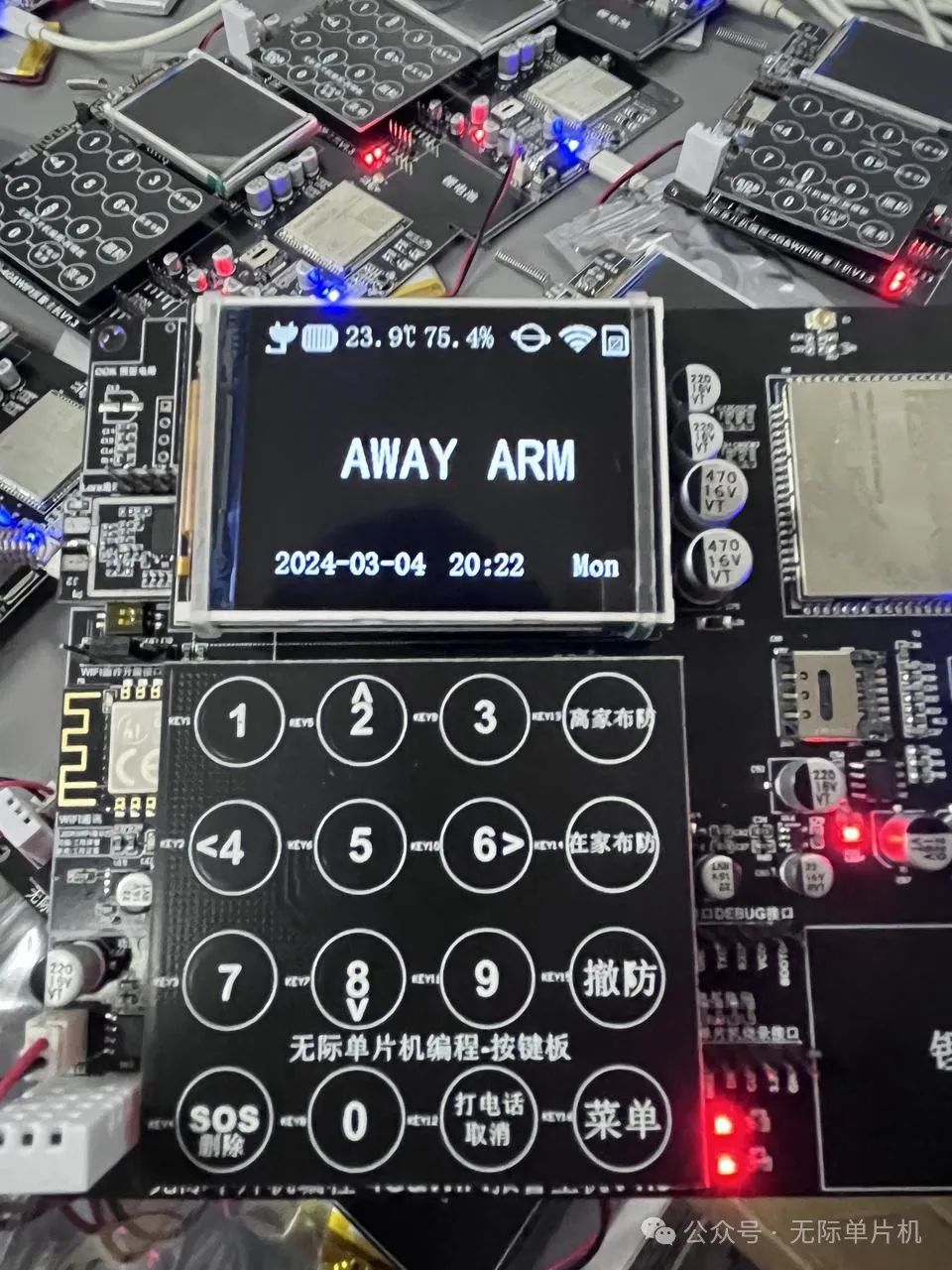Follow the blue text to get “Introductory Materials” for a comprehensive tutorial from beginner to advanced on microcontrollers
The development board will lead you in, we will help you soar
Written by | Wu Ji (WeChat: 2777492857)
The full text is about1578 words, reading will take about 5 minutes
The longer I work in microcontroller development, the more I feel that there is so much to learn in this field, it would take 10 years to master it all.
I previously shared open-source materials for Tesla’s Roadster, and many people said it was useless, just outdated information.
I found that those who said this were mostly beginners or engineers who had just entered the industry.
Now I prefer to communicate with people who have rich social experiences, industry experiences, or technical experiences, as I feel we resonate better.
A senior engineer even messaged me privately about this.
He said: Although the open-source materials for the Roadster are quite old, there are still many learning points, especially in reliability design.
I thought to myself, that’s a sharp observation, clearly someone who has learned from their mistakes.
I first felt that microcontrollers were simple after working for about 2-3 years.
Because I basically knew how to implement many functions, I felt there was nothing more to learn, and I wanted to develop towards Linux.
Later, I switched jobs, busy with getting confirmed, and after being confirmed, I was busy developing new products, and in the hustle, I delayed learning Linux.
When I reached 6 or 7 years of experience, I found that there was so much involved in microcontrollers, or rather, in smart hardware, it feels like a lifetime of learning is not enough.
Now I have been dealing with microcontrollers for 12 years, and there are still many functions I am clueless about. The advantage of experience is reflected in development efficiency and product stability. Even if I haven’t worked on a project before, with some research, I can identify the key points and difficulties of that function and where my entry point should be.
Implementing functions is not difficult; the challenge lies in reliability design.
My personal understanding is that reliability design is divided into hardware and software.
Hardware stability under various environments and extreme parameters.
These all test the details of design and experience; if you haven’t encountered certain pitfalls, you wouldn’t know.
I once worked on an infrared decoding product that had learning capabilities and was required to learn all remote controls.
After much effort to ensure compatibility, I discovered a problem with misoperations after selling a large quantity, ultimately finding out that some fluorescent lights were affecting it.
Also, for example, in our Wu Ji project training camp project 6, which includes WiFi and 4G, power consumption is relatively high.

I had previously tested WiFi, which was normal, but once network configuration or OTA upgrades occurred, it would hang. The reason is that WiFi consumes a lot of power during heavy data exchanges, so the power supply couldn’t handle it, causing the voltage to drop.
This is not a strict requirement for every product; it depends on the specific application scenario. If it’s for automotive, military, or medical applications, the requirements will be higher.
If it’s for markets like India or Africa, as long as it doesn’t explode, it’s fine. A former boss who made chargers told me this, after all, costs are a consideration.
Software reliability design includes several aspects:
1. The stability of the program running for long periods, whether there will be crashes or data corruption.
I once encountered a manager who had experienced a pitfall with a mass-produced product; it didn’t show up in small batch testing but appeared in large batches, leading to severe criticism from the boss. Since then, he never used pointers in his microcontroller programs.
Most crashes are due to pointer exceptions or memory overflow issues.
A true expert does not complicate simple tasks to show off skills, but simplifies complex tasks, finding ways to avoid potential risks.
2. Flexibility and convenience of function expansion.
This depends on how well the program architecture is designed. Engineers who can design program architecture generally need to have 5-6 years of experience, while some may require 10 years.
Many companies will directly use RTOS to ensure program architecture stability for complex projects, ensuring real-time performance, like the
